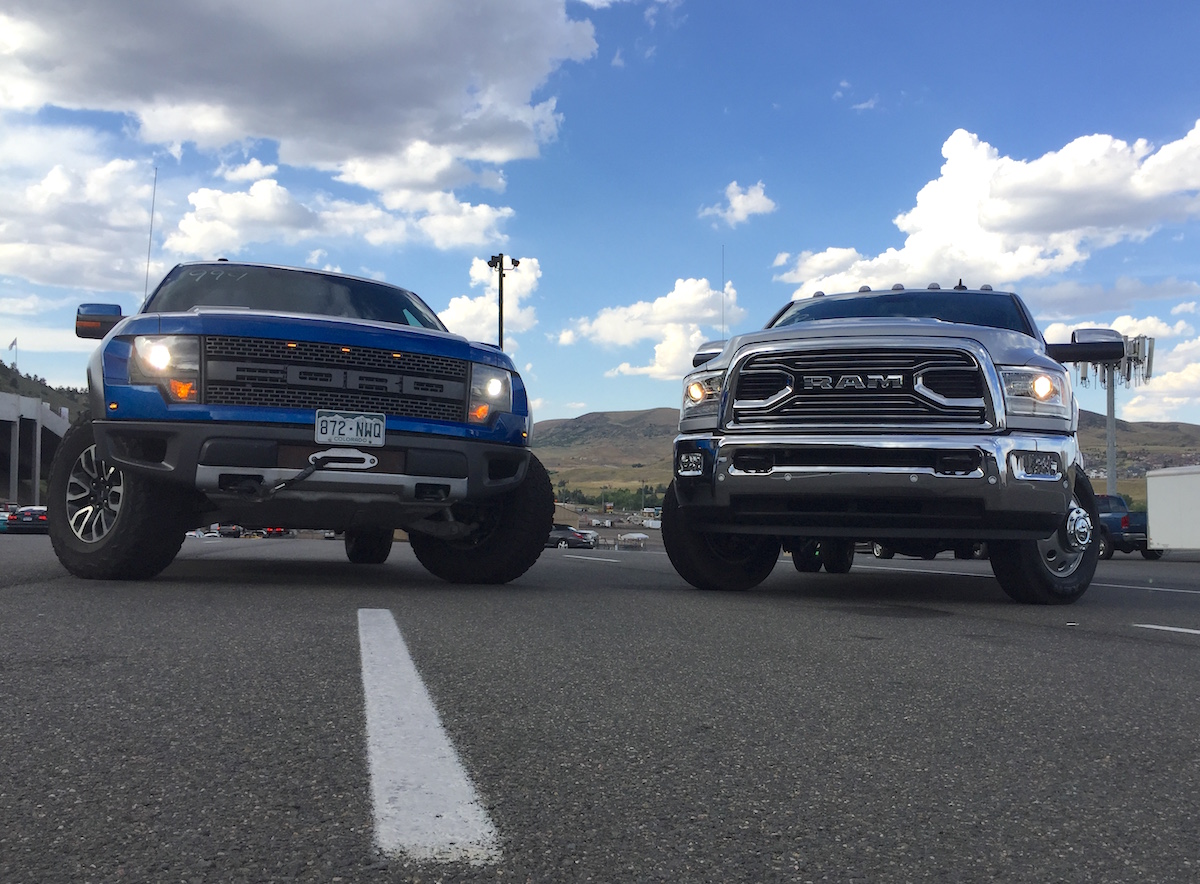SPONSORED CONTENT

The Shift from Static to Smart: Modular Beds Redefining Pickups
What are the latest trends in truck technology? Look no further than modularity. Truck beds, once locked into a single configuration, are now undergoing a massive overhaul. Interchangeable storage units, smart mounts, powered lifts — this isn’t just an upgrade. It’s a revolution. Modular systems give businesses the flexibility to transform a pickup from a construction hauler to an emergency response vehicle within minutes.
Adaptability isn’t just convenient. It’s profitable. A modular approach helps lower operating costs while increasing task-specific functionality, especially in sectors experiencing pressure from driver shortage and rising shipment volumes.
Why Versatility Now Matters More Than Ever
2025 looms with intense demand on fleet efficiency. Whether moving freight across states or performing last-mile delivery in cities, adaptability is crucial. Electric trucks are no longer niche concepts — they are the new baseline. Up-fit ecosystems make it easier for trucking companies to integrate EV-compatible tool systems, sensor kits, and loadout setups.
Tracking performance becomes essential. Before committing to any modular conversion, performing a full vehicle mileage check ensures optimal timing and cost assessment. Services that ensure vehicle mileage check allow shippers and fleet managers to validate condition before retrofit. This is especially important in cloud-based fleet management systems where real-time data influences upgrade schedules.
A New Era for Telematics and IoT in Pickups
The integration of telematics has transformed simple pickups into smart workhorses. Modular up-fit beds now accommodate built-in IoT hubs and advanced sensor arrays to monitor tire pressure, cargo weight, brake diagnostics, and even adaptive cruise control status. Real-time alerts can now be generated if route deviations or fuel consumption spikes occur.
Here’s how new modules influence analytics:
| Feature | Benefit |
| Telematics-enabled toolboxes | Track usage and movement |
| Smart racks with sensors | Alert for unsafe loading |
| Embedded ELDS modules | Ensure FMCSA compliance |
These integrations support better driving behaviors and safe fleet coordination across long-haul operations.
Building a Modular System That Works with Automation
Truck drivers aren’t being replaced. They’re being augmented. The rise of autonomous trucks is accelerating. Semi-autonomous designs require new support systems — especially in utility beds. Automation thrives when tools are stored in accessible, predictable locations. Smart lockers, digital inventory bins, and load-balancing actuators form a core part of the evolving up-fit ecosystem.
With electric trucks and AI-enhanced systems becoming mainstream, modularity offers the bridge between old-school hauling and futuristic automation. The truck market is leaning hard into flexibility. To stay ahead, businesses must proactively explore modular bed systems before the competition scales up.
Machine Learning Meets Mechanical Functionality
AI has six lives in modern trucking tech. First, machine learning can predict wear patterns in bed-mounted equipment. Second, artificial intelligence supports route optimization based on up-fit type. Third, it improves loading sequence efficiency. Fourth, it powers safety systems that monitor crew activity. Fifth, it uses driverless trucks data to adjust module locking systems for autonomous access. Sixth, it connects blockchain-powered shipment tracking for decentralized load verification.
That’s not a sci-fi pitch. It’s already happening. Daimler and Tesla are beta-testing Tesla Semi prototypes with modular up-fit options adapted for automation. These setups rely on cloud-based tms platforms and integrate with real-time transportation management system dashboards.
The Lifecycle of a Smart Pickup Module
Every module lives a data-driven life. From dispatch to delivery, AI logs usage, performance, and maintenance cycles. Whether paired with ELDs or a mobile dispatcher interface, each interaction adds to the module’s intelligence profile.
Lifecycle Stages
- Configuration – Based on shipper needs and load types
- Mounting – Connected through semi-automated latches
- Tracking – Linked via telematics and iot platforms
- Performance Logging – Real-time diagnostics via sensors
- Decommissioning – Alert-triggered via predictive analytics
The result is an efficient delivery machine tuned by artificial intelligence.
Adapting to the Tech Trends of 2025
The trucking industry of 2022 laid the foundation. 2023 introduced semi-autonomous module integrations. Now, 2025 is all about scaling those innovations across the commercial landscape. Electrify your fleet with systems that reduce emissions and support sustainable logistics.
Fleet management has evolved beyond scheduling and repair tracking. Modern systems analyze trailer dynamics, fuel usage, brake health, and long-haul fatigue patterns to optimize every route. Blockchain is no longer experimental. It powers automation-driven delivery authentication.
From Field to Future: Modular Beds as Strategic Infrastructure
This isn’t just a trend. Modular truck bed systems are fast becoming strategic assets. They streamline workforces, solve dispatcher headaches, and support efficient supply chain logistics. Combined with transportation management platforms and ai-driven fleet analytics, they transform pickups into programmable assets within a larger logistics ecosystem.
FAQ
1. Can modular truck beds support autonomous or self-driving systems?
Yes. Most up-fit ecosystems are now built with compatibility in mind. They integrate smoothly with driverless trucks, adaptive cruise control, and semi-autonomous tools. Smart lockers and predictive loading systems are already being used with autonomous vehicles in trial fleets.
2. How do modular systems help reduce emission and fuel consumption?
By optimizing load distribution, cutting idle time during loading, and supporting efficient delivery operations, modular beds directly reduce fuel usage. This also supports environmental goals and ensures lower carbon output across the fleet.
3. Is blockchain really used in modular truck systems?
Absolutely. Blockchain helps track individual modules, verify shipment integrity, and reduce fraud in cargo authentication. Some trucking companies already use it alongside their transportation management system.













![Which is More Reliable: 3.5L EcoBoost or 5.0L V8? [Reader Question] Second-generation 3.5-liter EcoBoost engine](https://tfltruck.com/wp-content/uploads/2016/05/Second-generation-35-liter-EcoBoost-engine.jpg)
![Which Silverado Engine to Get: 5.3L or 6.2L V8? [Ask TFLTruck] 2016 chevy silverado](https://tfltruck.com/wp-content/uploads/2015/10/2016-chevy-silverado-grille.jpg)
